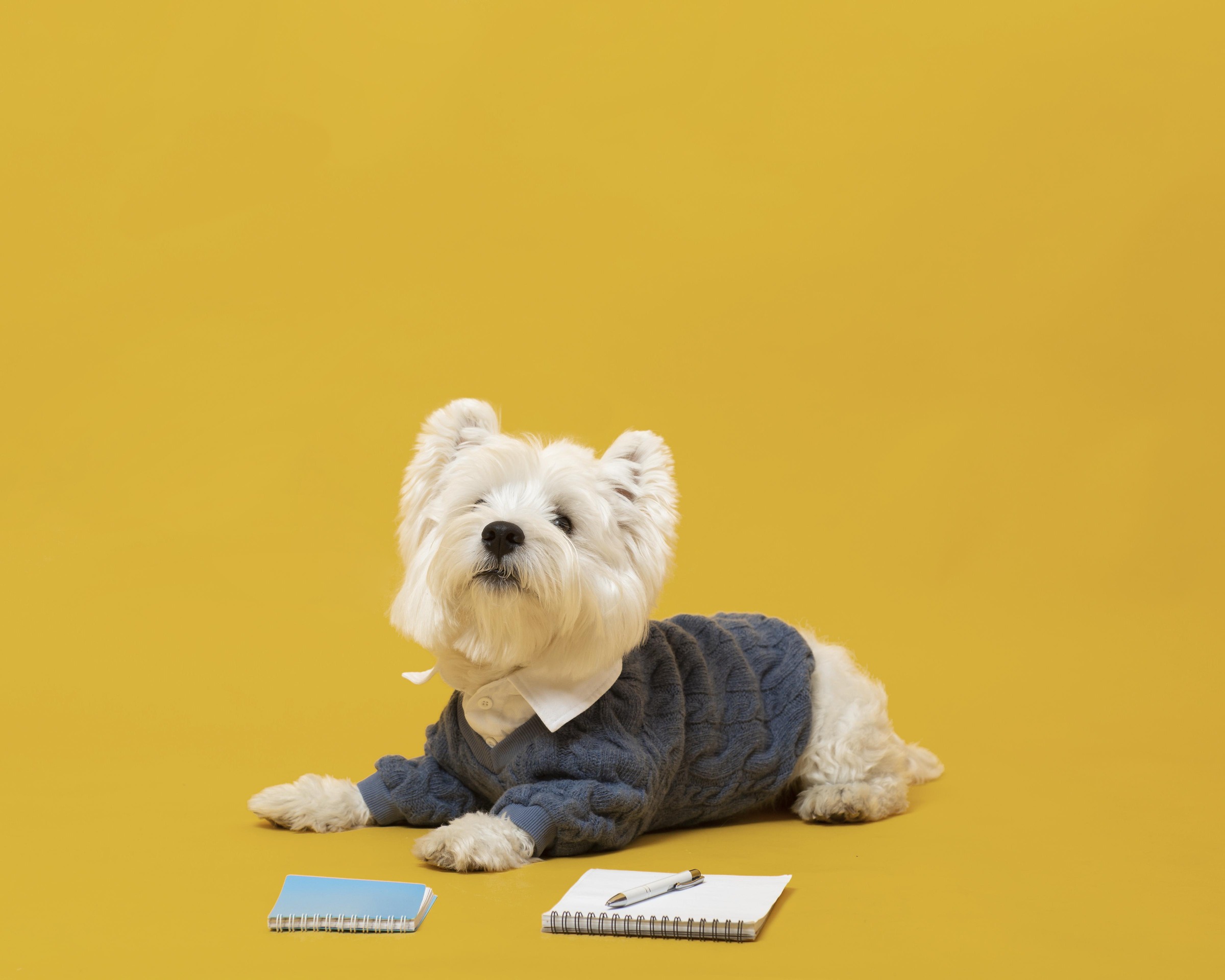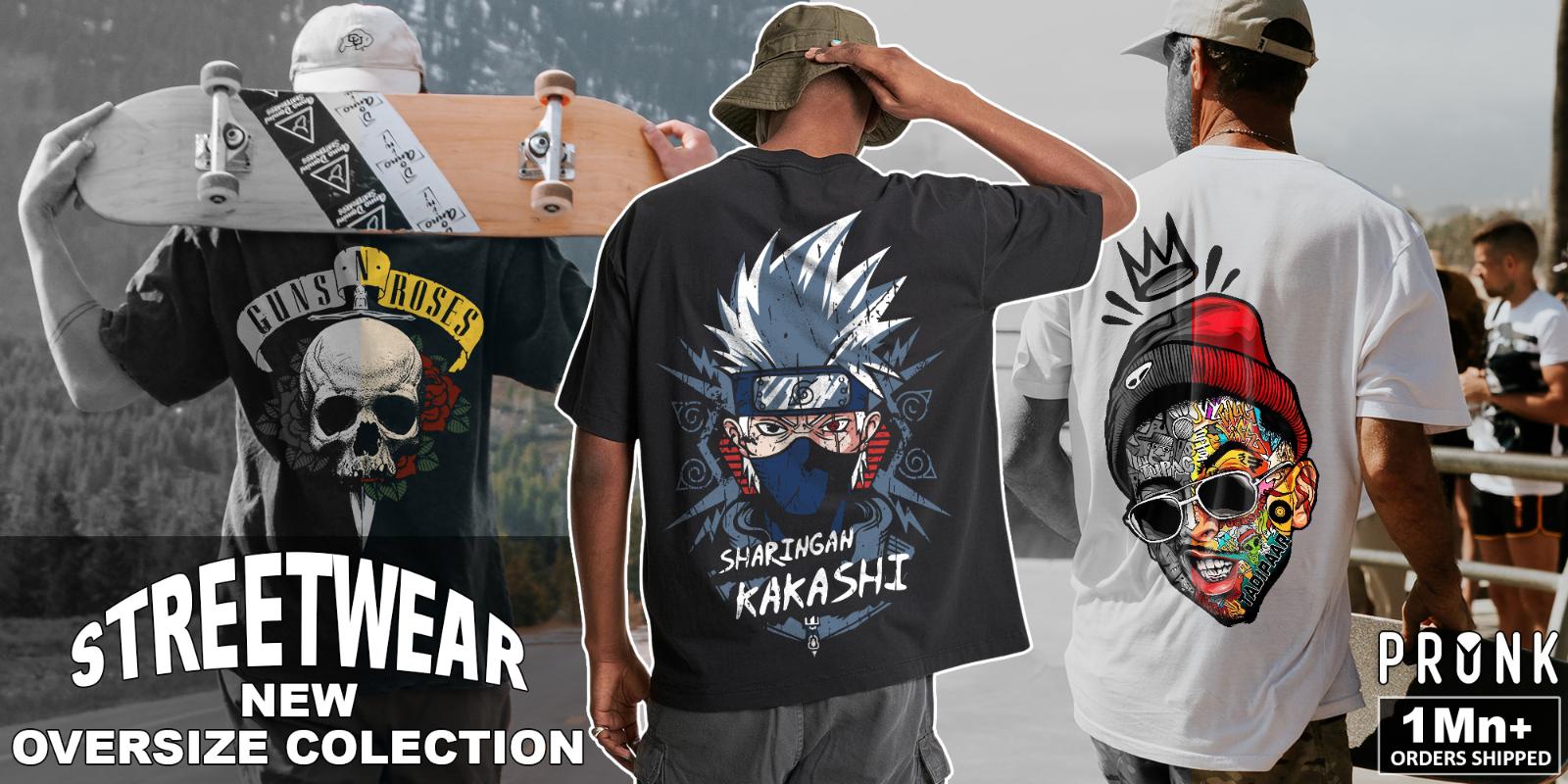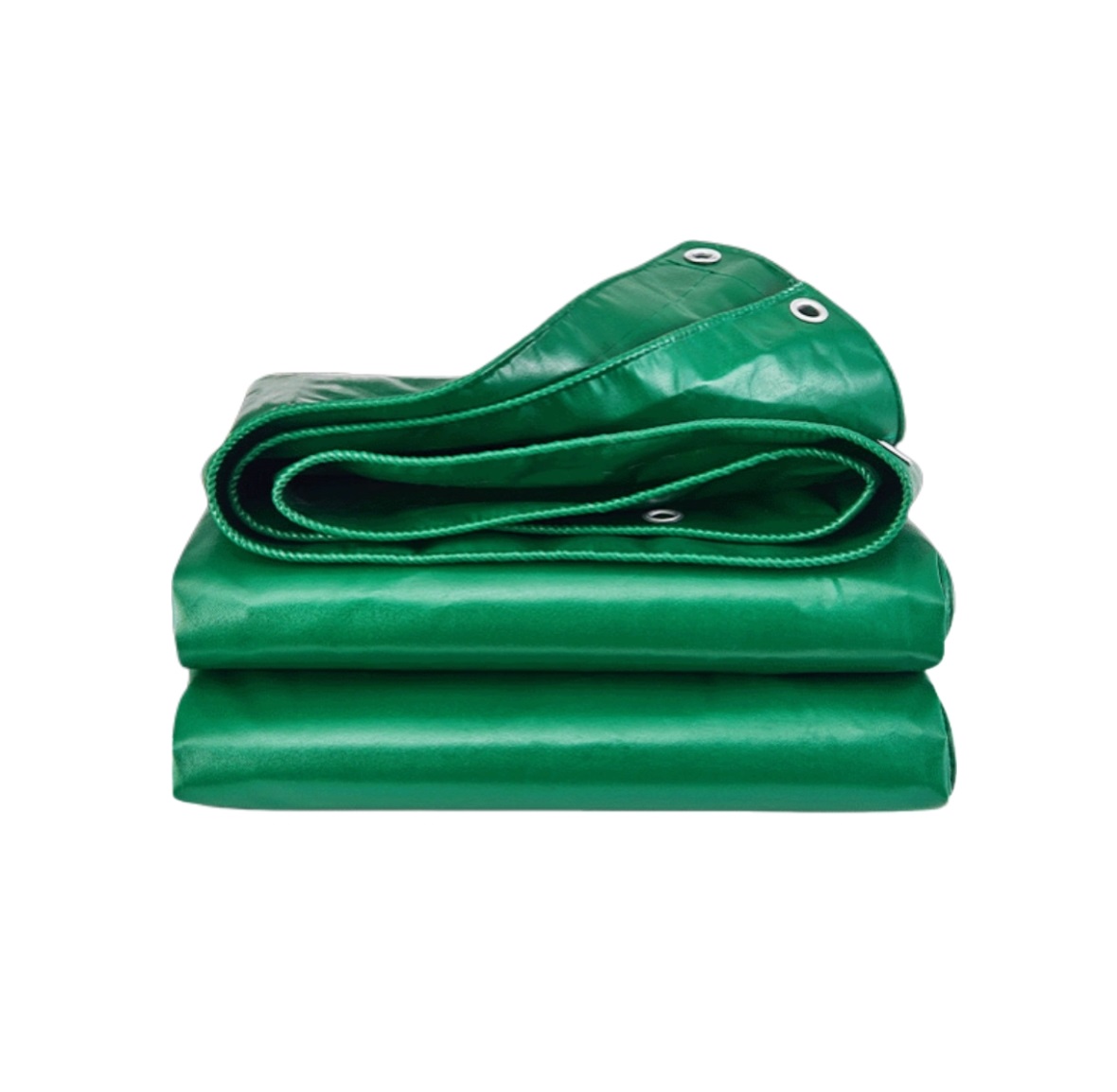
Dressing up dogs in dog clothes has become more popular than ever. Whether it’s Halloween costumes, Christmas sweaters, or themed outfits for birthday parties, many pet owners enjoy including their furry companions in festive fun. Social media has further fueled this trend, with thousands of images featuring dogs in cute or hilarious attire. But as adorable as they may be, a question arises: Are seasonal costumes or themed outfits truly safe for dogs?
In this blog, we’ll explore the safety concerns, health impacts, psychological factors, and guidelines to follow when choosing costumes for dogs. We’ll also see how this trend fits into modern Pet Day Care environments and whether it aligns with your dog’s best interests.
Understanding the Rise of Dog Fashion
The concept of dog clothes has evolved significantly. While functional dog apparel like coats and rain jackets have long existed to protect pets from the elements, today’s dog fashion often goes beyond necessity. Seasonal and themed outfits now include costumes such as pumpkins, superheroes, elves, ballerinas, and even sushi rolls.
Owners see it as a way to bond, take cute photos, or include pets in holiday traditions. Some even dress their dogs in matching outfits. However, it’s essential to remember that unlike humans, dogs don’t naturally enjoy wearing clothes. It’s something we impose on them, so the decision must always prioritize the animal’s comfort and safety.
Are Dog Costumes Comfortable for Pets?
Dogs Have Sensitivities
Dogs experience the world differently than humans. Their fur acts as natural protection, and putting clothes on top can disrupt their temperature regulation, especially in warm weather. Outfits that are too tight can cause skin irritation or restrict breathing and movement.
Seasonal costumes are often made of synthetic materials that may feel itchy or hot. Dogs also have sensitive areas like the belly, neck, and underarms that can chafe under tight or poorly designed garments.
Movement and Mobility
Any clothing that restricts a dog’s movement is a safety risk. Dogs need full range of motion to walk, run, jump, or lie down comfortably. If an outfit has tight leg holes, excess fabric trailing behind, or headgear that obstructs their vision or hearing, it can lead to accidents.
Outfits with buttons, beads, or small accessories pose a choking hazard if your dog manages to chew them off. These issues are especially dangerous in Pet Day Care settings, where multiple dogs play together and accidents can escalate quickly.
Time Limits Matter
Even if your dog tolerates an outfit, it should only be worn for short periods. Costumes are not meant for prolonged use. Extended wear can lead to overheating, pressure sores, or skin infections, especially if the dog gets wet or the costume traps moisture.
Always observe your dog’s behavior when they’re wearing clothes. If they start scratching, shaking, whining, or trying to remove the outfit, it’s a sign they are uncomfortable and it should be removed immediately.
Behavioral and Psychological Considerations
Stress and Anxiety
Some dogs simply do not enjoy being dressed up. Forcing a costume on an anxious or sensitive dog can increase their stress levels. Signs of discomfort include tail tucking, panting, flattened ears, and attempts to flee. In such cases, pushing the issue can harm your relationship with your dog.
Even dogs who are more tolerant may feel stressed in unfamiliar outfits or during festive activities, especially when surrounded by noise, lights, and strangers.
Social Interaction at Pet Day Care
Many Pet Day Care facilities organize themed days or costume parties for pets. While these events are fun for staff and pet owners, not all dogs enjoy such experiences. A shy or reactive dog might feel overwhelmed by other dogs wearing unfamiliar costumes. The change in appearance, sound, or smell can confuse or agitate them.
Before participating, make sure your dog is socially well-adjusted and not prone to costume-related anxiety. It’s always good to do a trial run at home before sending them off in costume.
Training Makes a Difference
Training plays a major role in how a dog reacts to clothing. Gradual desensitization can help dogs become more comfortable with wearing outfits. Start with simple garments like a vest or t-shirt for short periods and reward your dog with treats and praise.
This approach ensures the dog forms a positive association with wearing dog clothes. With patience, even reluctant dogs can learn to tolerate (or even enjoy) wearing outfits—at least for a photo or short event.
Health and Safety Guidelines for Dressing Up Dogs
Material Matters
Choose breathable, lightweight fabrics such as cotton or moisture-wicking blends. Avoid heavy, non-breathable costumes with lots of layers, especially for long-haired breeds. Always check for loose threads or parts that can be chewed off.
If your dog has allergies or skin conditions, consult your vet before introducing any kind of clothing, including costumes. Regular inspection of your pet’s skin after costume use is a must.
Fit and Function
A proper fit is non-negotiable. Costumes should not be too tight or too loose. A good costume allows room for natural movement and does not cover the eyes, ears, mouth, or private areas.
Functional dog clothes like booties or sweaters can serve a purpose in cold climates, but festive costumes are often designed more for appearance than practicality. Always test the outfit beforehand to ensure it’s safe, especially if your dog will be wearing it outside or in public.
Supervision Is Key
Never leave a dog unattended in a costume. Whether at home or at a Pet Day Care, supervision is essential. Dogs can get tangled, overheat, or chew on parts of the outfit when unsupervised. In group settings, other dogs may also react unpredictably to a costumed dog.
Costume use should always be under controlled and monitored conditions. If you can’t watch your dog directly, it’s safer to remove the outfit.
Final Thoughts
Seasonal costumes and themed outfits for dogs can be fun, charming, and a great way to celebrate holidays or special events with your furry friend. However, safety must always come first. Not all dogs enjoy or tolerate dog clothes, and that’s perfectly okay. Their comfort, health, and emotional well-being should always guide your decisions.
Whether you’re dressing your pup for Halloween or participating in a theme day at a Pet Day Care, follow the golden rules: ensure a proper fit, use safe materials, limit the time worn, and monitor your dog’s behavior closely. A costume should never compromise your dog’s ability to move, breathe, or communicate naturally.
For some dogs, a festive bandana or themed collar may be a safer and more comfortable alternative to a full costume. When in doubt, consult your vet or a professional dog trainer before trying out elaborate outfits.
Ultimately, your dog doesn’t care about how they look—they care about how they feel. And as their guardian, it’s your job to make sure they feel safe, comfortable, and loved—whether dressed up or not.





